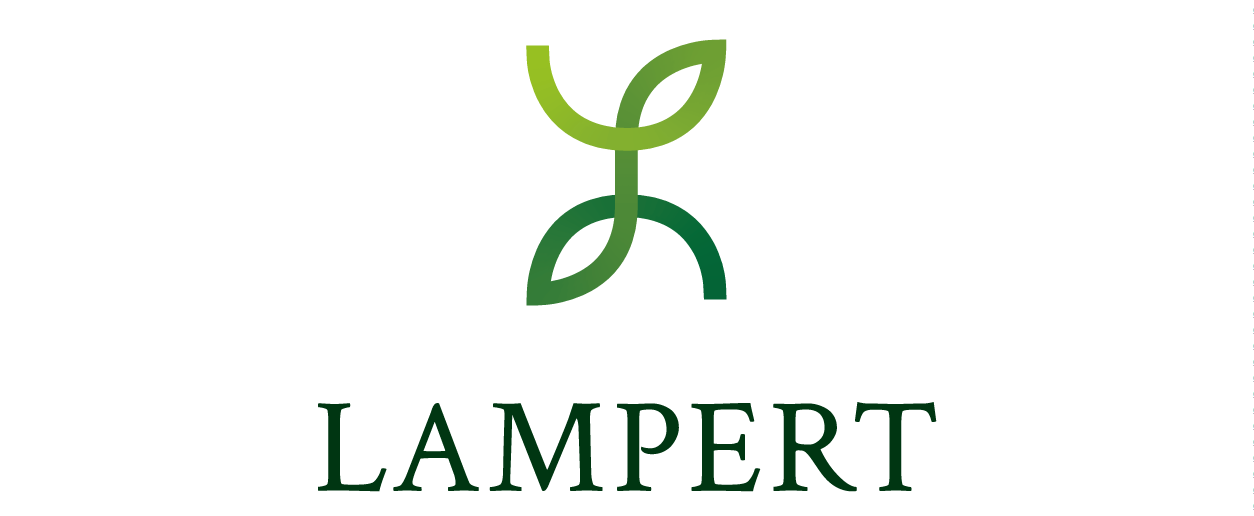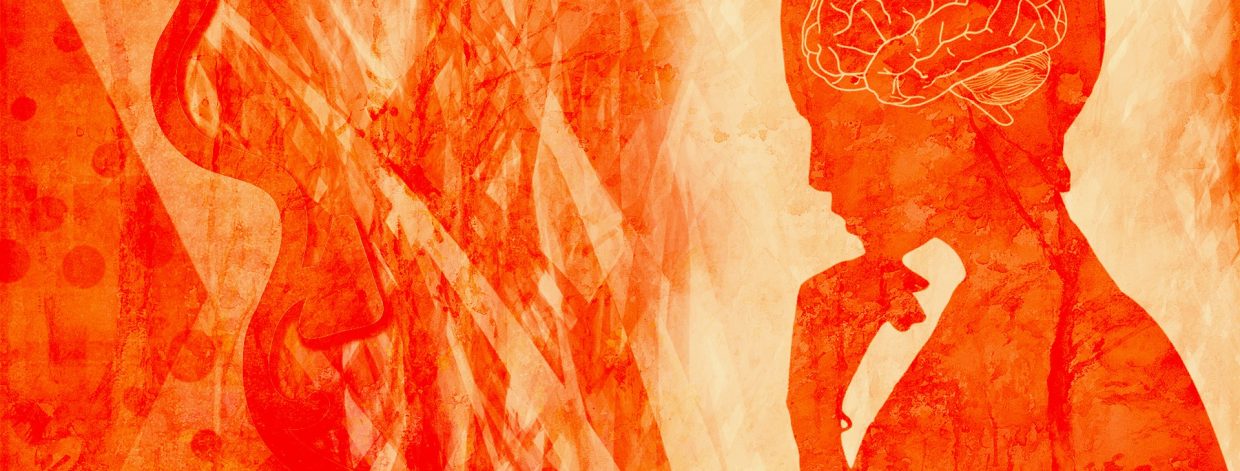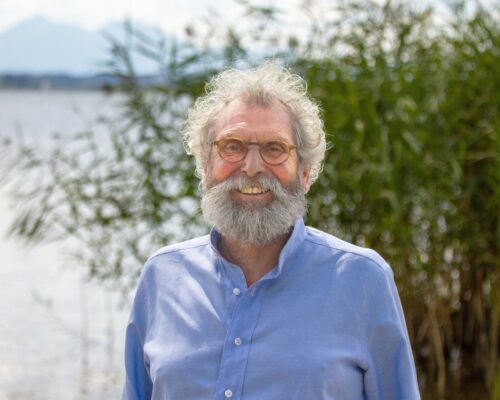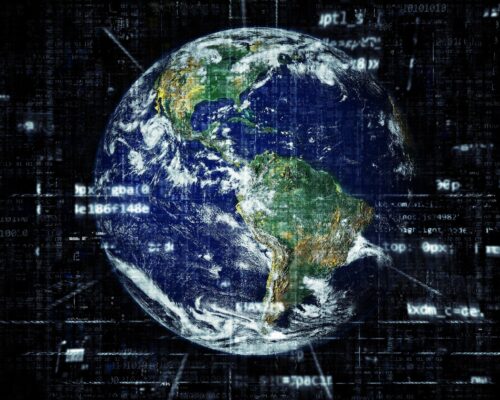Diversity is vital. Science, art and media are concerned with its preservation and protection not only within their own fields - but also increasingly with each other. This development offers opportunities for a new age of diversity that breaks down old boundaries.
Encounters have taken on a new meaning. While advancing globalization seemed to be bringing us ever closer together economically, politically and culturally, the pandemic seems to be keeping us apart. But appearances are deceptive. We have had to physically distance ourselves from each other and yet we have come closer in many areas. New links between science, society and art are creating opportunities for lasting inspiration and more diversity.
Never so close
Science and society have never been as close as they are during the pandemic. This has tragic reasons and at the same time brings with it unique opportunities for a better future. Prof. Ulrike Felt, science researcher at the University of Vienna, describes this time full of new changes and expectations between science and society as a "great lesson". Like Prof. Felt in her interview, many scientists are now seizing the opportunity to educate people about serious scientific work and sources. In doing so, they are often breaking new ground.
Science provides facts and science communication clarifies them. Chemist and journalist Dr. Mai Thi Nguyen-Kim has become known for her award-winning YouTube videos that get to the heart of these facts. In an interview with the STANDARD, she also speaks of an "infodemic", meaning that "fake news spreads like viruses". On her YouTube channel "Mai Lab", she not only answers questions about the pandemic, but also gets to the bottom of critical, entertaining and trendy topics such as the effectiveness of yoga. Her videos are rarely over twenty minutes long, scientifically researched and entertaining. This is how she reaches millions of people and inspires countless others. The question remains: is this infotainment also sustainable?
Ecotainment
Infotainment refers to the entertaining communication of information. The term was coined as early as 1985 by media critic Neil Postman, who critically questioned the increasingly emotional and sensationalistic presentation of information on television. At that time, hardly anyone had any idea of the changes that were about to take place in our communication. With the advent of smartphones and social media such as Facebook around 2007, we communicate more often and faster than ever before. Those who are not taking a digital break respond more to images than to text.
The emotional power of images also characterizes the success of Instagram, YouTube and TikTok. These media are no longer just for the superficial entertainment that Postman criticized in the 80s. What marketing professionals have been using for a long time is also becoming increasingly important for communicating sustainability. Ecotainment is the name given to emotional messages that convey or address sustainable consumption. There are virtually no limits to creativity - which also creates limitless opportunities.
Ocean sculpture danced
Oceans, sun rays and plastic. Biologist Julienne Fanon dedicated her doctoral thesis to this interplay - and turned it into a touching choreography. In this year's "Dance your PhD" competition, she and four other art projects by scientists from other categories were awarded prizes. Magdalena Dorner-Pau's entry from the University of Graz won in the social sciences category. She researched how performative teaching influences children's ability to express themselves.
This change in science communication creates opportunities for society as a whole. The growing diversity of media used not only makes science more accessible to a wide audience, it also inspires new perspectives and strong partnerships. To achieve the global sustainability goals, we need to promote not only biodiversity in the landscape, but also more diverse perspectives in society. The current shift is promising.
Creatively productive
Creativity and productivity are basically the same thing. This view of Hermann Erlach, Head of Digital Transformation at Microsoft, is shared by more and more companies. They are focusing specifically on promoting diversity, inclusion and equality. What is profitable from a business perspective is more sustainable from a social perspective. We need more diverse perspectives in order to develop solutions to international challenges such as species extinction and global warming. The pandemic has also taught us this.
A new age of diversity has dawned. While the lack of diversity in science and the lack of women in business, politics and the media are becoming increasingly visible, numerous developments are already giving us a positive outlook for the future. In Austria, scientists with artfully implemented research, as well as museums and libraries with the Austrian Ecolabel, win more than one award. They are building bridges that enable strong partnerships at various levels and thus set milestones for sustainability. This new diversity in our communication creates boundless opportunities for encounters that can lead us out of crises and into a more sustainable future.
 About the author
About the author
Dr. Bea Maas is an expert in nature conservation and sustainability. As an ecologist, she researches and develops management measures for endangered biodiversity and sustainable agriculture. As a journalist, she communicates this content to a wide audience. She works as press spokesperson for the Association of Nature Conservation Dogs and as an editor and lecturer at the University of Vienna(www.beamaas.com).





Yes, journalists and scientists can achieve a lot together if they are not "bought in" by profit-oriented companies.